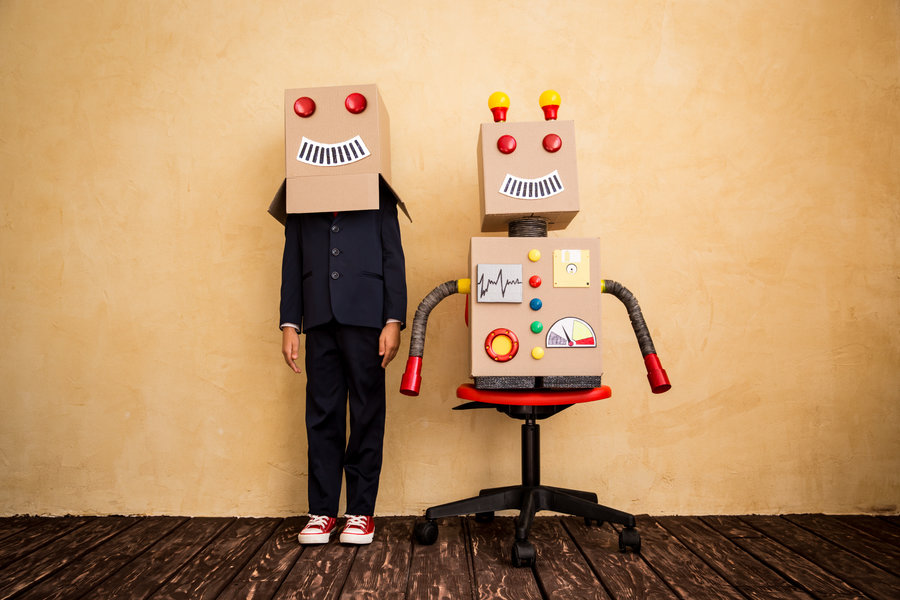

Briquette 2 – Workplosion
Changes in the workplace owing to the adoption of global communications networks is obvious. It is a foregone conclusion that any organisation today is awash with a range of technologies and devices, tools and infrastructure to help conduct business in a modern manner.
Interestingly, however, discussions on workplace modernisations almost always remain limited to organisational cultures, security policies, engagement of millennials, and leveraging virtual teams for production endeavours, within the context of quick obsolescence with knowledge, shrinking customer loyalty, and challenges with constant automation.
There is neither clarity nor emphasis on more fundamental issues imploding within workplaces. Trends like an increased sense of victimisation, digital narcissism, contextual deficit, low attention spans, high sense of entitlement, and instant gratification are slowly yet inevitably chipping away at organisational foundations in more ways than one is able to clearly put a handle on. These seemingly detrimental trends are more often than not discarded as nothing more than an inability or unwillingness to change.
The deeper factors driving such behaviour are neither being examined nor understood well enough. At another end of the spectrum, moral conflicts surrounding automation and humans is yet to hit mainstream conversations. All these implosions in the workplace will need to be understood, examined and addressed proactively if we are to shape a positive future for workplaces.
Briquette 3 – Borderless Boundaries
Globalisation is here to stay. We have heard of this for over two decades now. Proponents have always argued for its increased value and pursued it with a vigour not seen outside war zones. Interestingly, however, all such endeavours were more or less pigeonholed around management models that talked about scale, replication, standardisation and virtualisation. Such efforts may have worked, resulting in more complex networks of organisational hierarchies and reporting structures, alongside reduced degrees of separation.
An often-ignored reality with globalisation has been the incremental creeping in of boundaries, manifested predominantly in disappointments amongst customer groups where localisation wasn’t prevalent, increased lack of trust amongst collaborating individuals and teams within organisations, and a sense of helplessness at the end of it all. The phrase often used seems to be that the “an aggressively pursued multipolar world order has resulted in depravity more than prosperity”.
While I shall refrain from arguing for or against it, I shall submit that a host of boundaries have emanated from the very nature of our endeavours at globalising, rationalising and creating seamlessness. Meanwhile, nation states are beginning to push back on global trade strictures – the very backbone to globalisation – owing to issues surrounding mutuality and equality with sharing garnered benefits. Borderless boundaries are a reality today and need to be addressed urgently if we are to make positive strides toward the future of workplaces.
Each of the briquettes shall need to be delved into in greater detail so as to understand interconnects, network effects and the consequences on workplaces. We shall be dedicating this proposition into a three-part series of knowledge papers, and bring to the fore a range of issues and opportunities that would enable us to collectively reimagine the future of work.